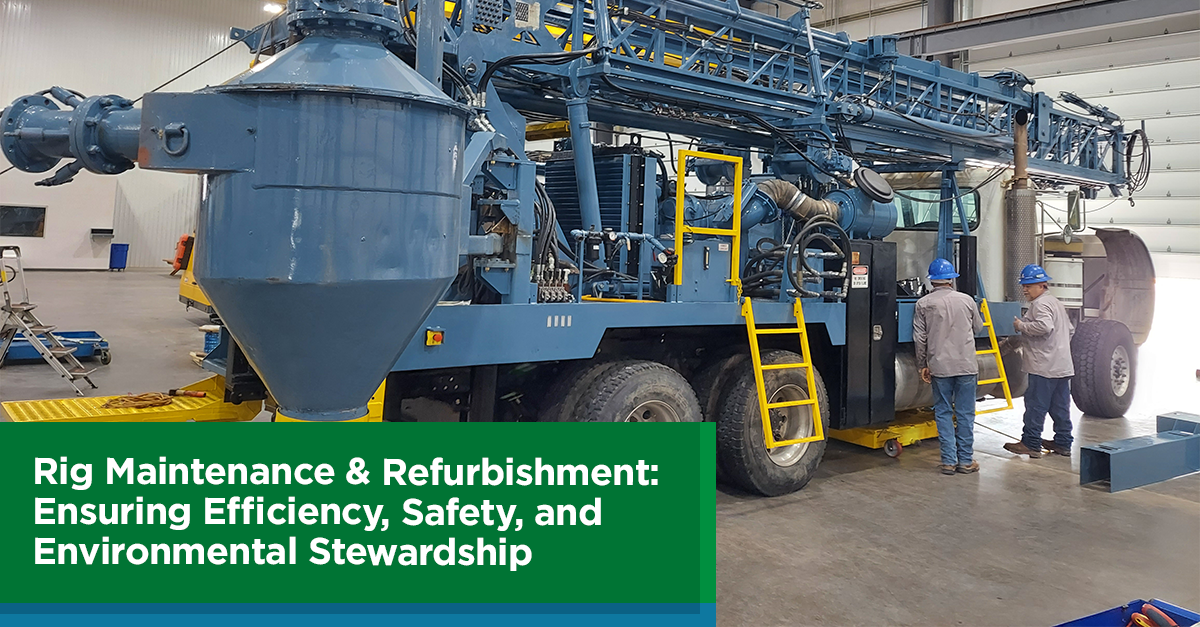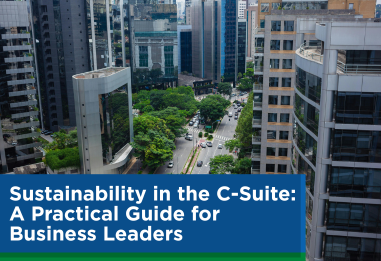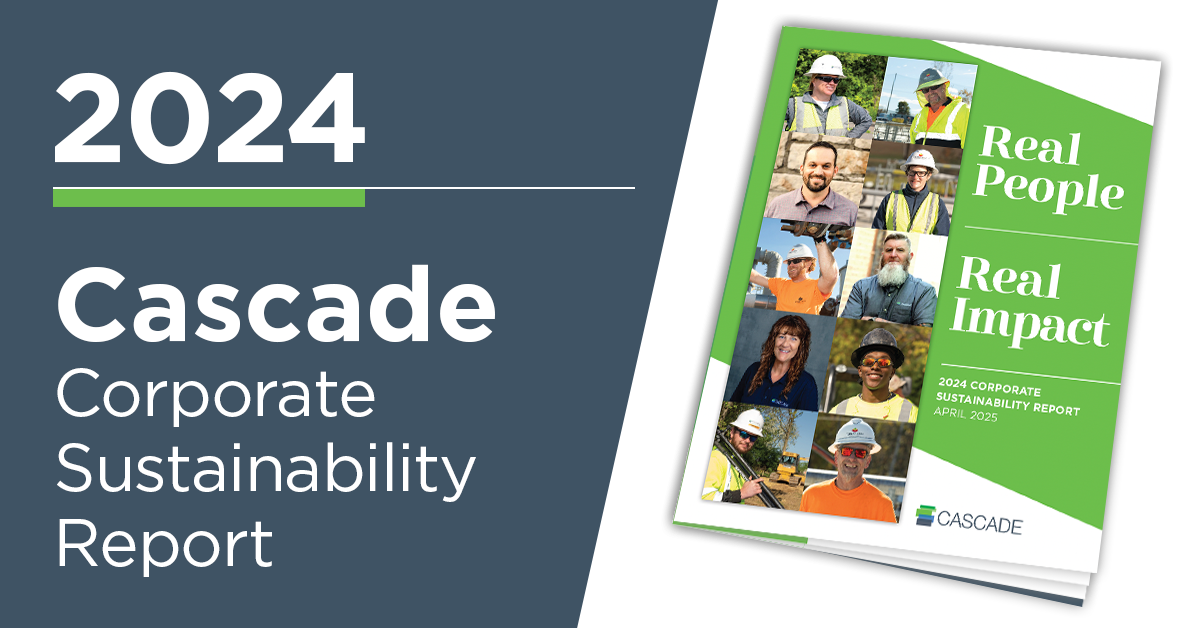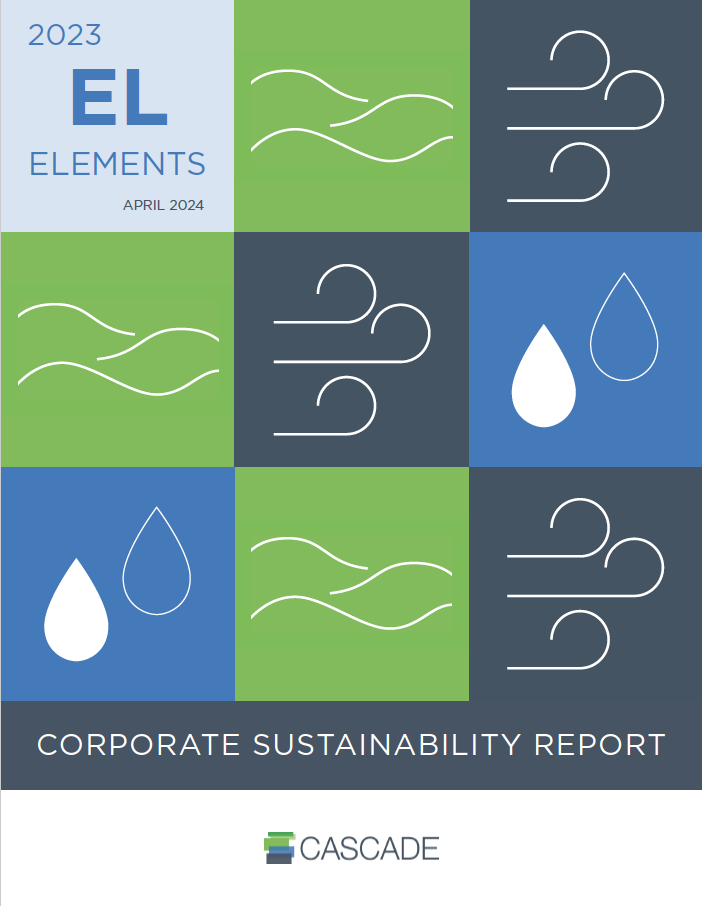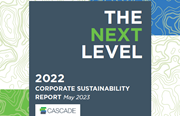3 Steps to Start the Sustainability Journey
By: Sue BruningWell, it’s that time of the year again when sustainability professionals around the world are knee-deep in data gathering, trend analysis, story-telling and infographics. Pulling that annual sustainability report together can be daunting and leave you wondering if you have the right data and are covering all the right topics. If that sounds a little too familiar, you are not alone. Whether you are new to sustainability reporting or an old hand, it’s always a good idea to get back to basics and focus on the first three steps of the sustainability journey.
I recently attended the GRI Reporters’ Summit in hopes of networking with other sustainability professionals and looking for some inspiration for the reporting season. The warm desert sun was a welcome change from the bitter temperatures of my Midwestern hometown. It was also refreshing to be among a diverse group of sustainability professionals, both green (pun intended) and experienced, representing a wide range of public, private, and non-profit organizations.
While everyone at the Summit had the same goal of helping businesses make the world a better place, the approaches to get there were quite different. In the language of GRI Standards, everyone had different material topics, different boundaries, different management approaches. We spent some time together analyzing sustainability reports to illustrate how companies all approach the same set of standards in a unique way. For me, this flexibility is the beauty of the reporting framework, but I didn’t always see it that way. The exercise reminded me of my ‘search for sustainability’ struggle earlier in my career.
My first lesson as a sustainability professional came as an unnerving surprise. In 2008, I changed the trajectory of my career from hazardous waste management to sustainability. I had studied a variety of reporting frameworks, learned about all the triple bottom line issues, stakeholder engagement, lifecycle assessment and calculating carbon footprints. As a newly appointed Sustainability Director for a company eager to embrace sustainability on a programmic level, I conducted a thorough sustainability assessment, then built a corporate sustainability program. Once I started to socialize the program to get employees excited about sustainability, it suddenly hit me like a ton of bricks: there’s no one answer to ‘sustainability.’ This lesson holds true today just as it did when I stumbled over it 10 years ago. It’s true on a personal level and for organizations.
I’ll say it again: there is no one single answer to ‘sustainability.’ The issues that concern you most are not necessarily important to me. My issues might not be that important to the organization I work for or to other stakeholder groups. It’s all relative. Like in many areas of life, it’s easy to point out the short-comings. I dare to say that it’s actually a very important part of the learning process. But let’s not forget to celebrate the successes and talk about the strengths.
So if you are wondering if your actions make a difference, if you’re wondering if your sustainability report will be good enough, the answer is yes. Carry on doing good. If you’ve been thinking about pulling together that first sustainability report—do it. Start small and dream big. Take it one step at a time. I’m a big believer in the theory of three so I’ll leave you with a three-step process to get started on your sustainability journey.
3 STEPS TO START THE SUSTAINABILITY JOURNEY
- Stakeholder Engagement. Talk openly with those who have the potential to significantly impact your organization in a positive or negative way. Ask them what issues they care about, what they expect from your organization, and consider the strength of their influence. Keep the dialogue open; it’s not a one-time conversation.
- Choose a Framework. There are a lot of choices in sustainability frameworks: GRI, SASB, CDP, IIRC, and CDSB just to name a few. Choose a framework that aligns with your goals and resources and stick to it. Utilizing a recognized standard lends credibility to the program and ensures you are headed in the right direction.
- Commit to Transparency. This is a tough one, but essential to really reap the benefits of sustainability. Use your framework to celebrate successes and identify gaps as you move along your journey. Then commit to improvements to reach your targets, strengthen existing systems, or start a new management system.
Even though I’ve now built several sustainability programs and written many reports, I still come back to these three steps every year. If you’re interested in learning more about Cascade’s commitment to sustainability, read past years’ reports—or reach out to me at [email protected].


